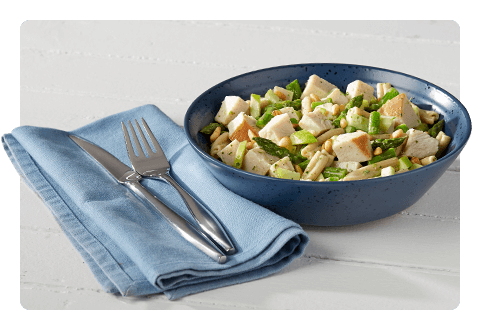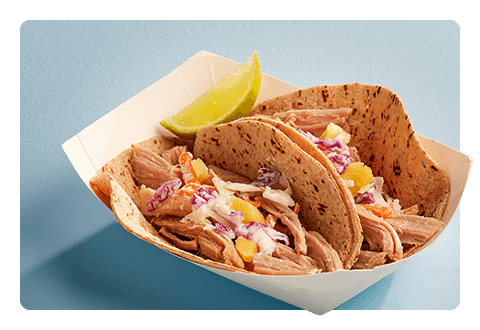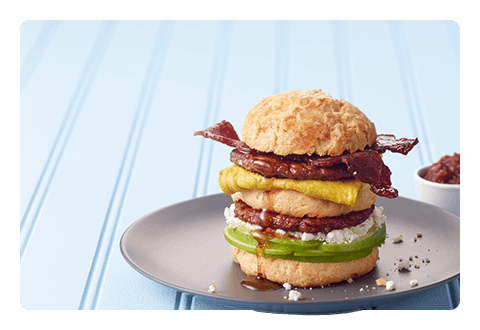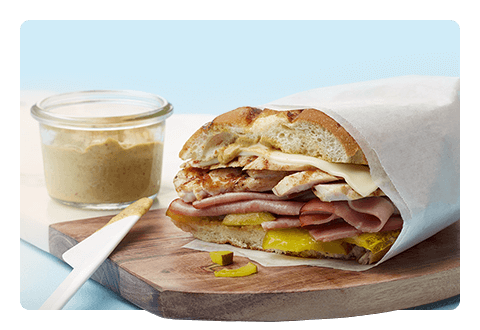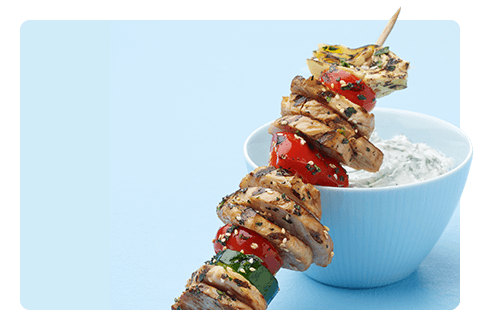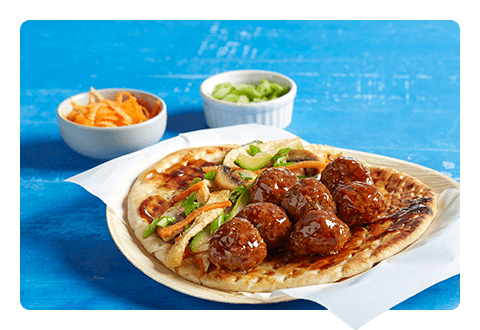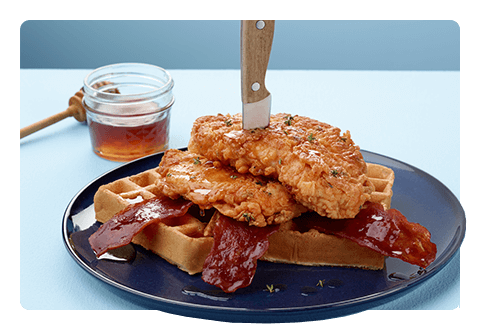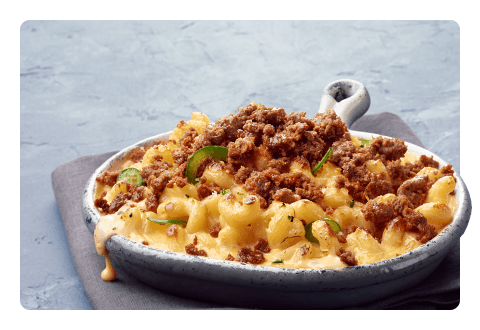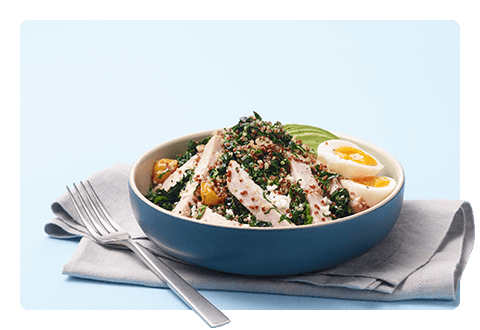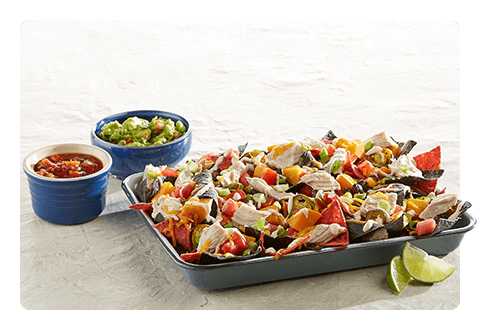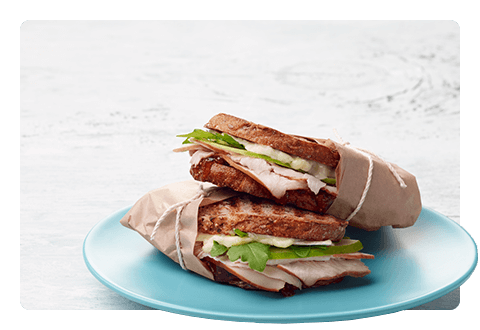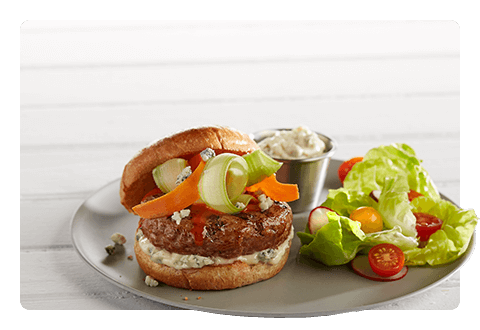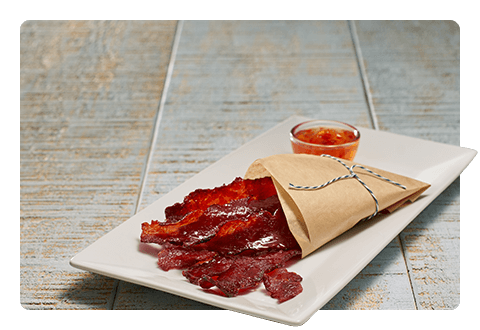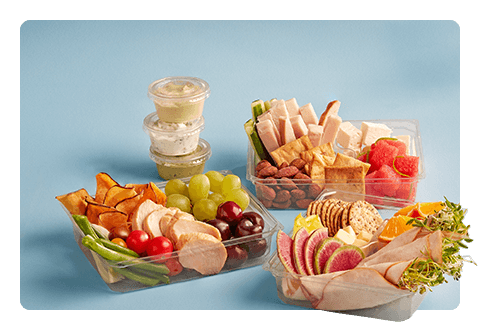C&U Meal Kits Reach Diners On and Off Campus
November 2019
The competition for student meal dollars is higher than ever. More chain restaurants are appearing on or near campus. Plus, grocery and C-stores are upping their grab-and-go game, making them popular and convenient options. To attract those who are purchasing food outside of school grounds, on-campus dining needs to be more flexible. One way operators are achieving this is by implementing meal kits to meet student and staff demand for quick and healthy fare.
Generation Z, many of whom are in college, is more likely to use meal kit services than millennials. While Gen-Zers are more concerned about their health than older generations, they still value convenience and high quality. Meal kits also appeal to those who want to grow more confident in their cooking abilities and get exact portions.
From a bottom-line perspective, meal kits can boost dining sales with those who live off campus. At the University of Massachusetts at Amherst, UMass Fresh is a dining plan that includes pre-cooked entrées and sides that can be picked up and prepared in a matter of minutes. Professors and administrators can even get their dinner packs delivered straight to their desks before they go home. This convenience also extends to the holidays, in which foodservice is becoming an increasingly sought-after solution. UMass members can order special Thanksgiving and Christmas kits for $99.95 that come complete with roasted turkey, sides and desserts that serve 6-8 guests. This program proved to be a success when it debuted in 2016, as sales doubled after the first year.
For operators who are interested in meal kits but don’t want to start from scratch, working with an existing service is ideal. Aramark is partnering with Home Chef to offer meal kits to 25 campuses. Students at Arizona State University, for instance, can sign up for a dining plan with a $120 credit specifically for Home Chef meals. These pre-assembled packs bring convenience and nutrition to an audience that wants to cook but doesn’t have time to grocery shop. As it turns out, skipping the trip to the supermarket and using meal kits instead can be better for the environment. Researchers at the University of Michigan found that despite their packaging, meal kits have a lower carbon footprint than the same meals bought from stores.
Campus dining has evolved from dining halls to ready-to-cook meals students and faculty can enjoy in the comfort of their own dorms and homes. Operators recognize the value in expanding their services, especially as diners in higher education have a wider variety of outside options. The growing emphasis on speed and quality provides exciting opportunities for operators to explore how else they might bring innovation to this segment.
Does your operation offer meal kits? Share your experiences with us on Facebook or LinkedIn. Visit our Resource Center for other industry trends and insights.
SOURCES
Buzalka, Mike. Meal kits boost off-campus dinner sales at UMass, Food Management, January 2019.
Nelson, Andy. More Americans enjoy cooking and love being in the kitchen, Supermarket Perimeter, August 2019.
Petre, Holly. NC State launches recipe kits for food insecure students, Food Management, November 2019.
Thakker, Krishna. Aramark to offer meal kits in university dining plans, Grocery Dive, September 2019.

